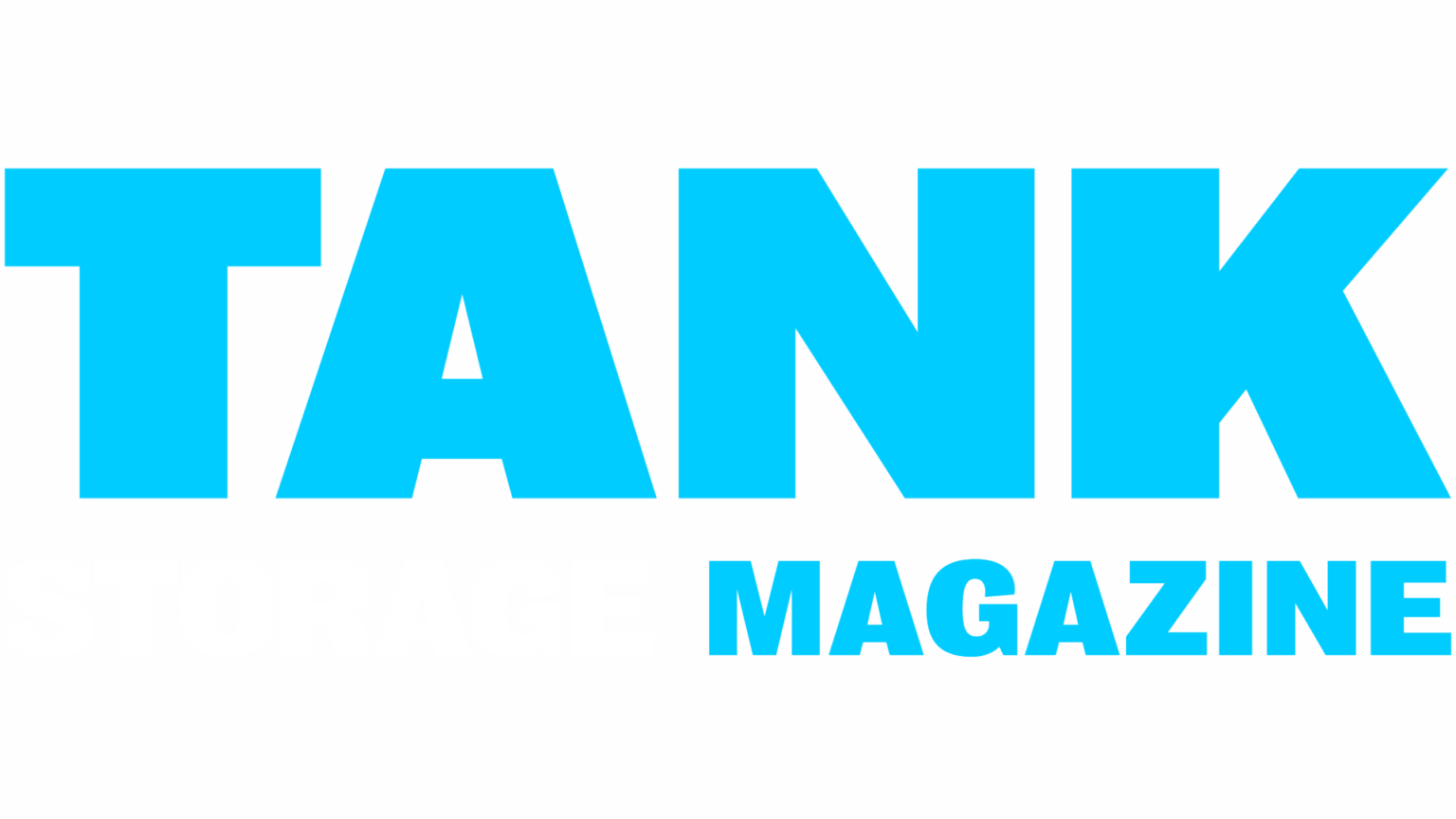The ILTA’s senior director of government affairs, Jay Cruz, examines Trump’s BBB and its impact on the bulk liquid terminals industry

On July 4, 2025, after months of debate and negotiation, US President Donald Trump signed the keystone budgetary bill for his second administration. Dubbed ‘The One Big Beautiful Bill’ (BBB), H.R. 1 will have a profound impact both on fossil fuel and clean alternative fuel manufacturing, storage, and utilization well into the future.
The enactment of the BBB represents one of the most significant shifts in US energy policy since the Inflation Reduction Act (IRA) of 2022. While the IRA accelerated investment in renewables, electric vehicles, and clean liquid fuels through tax credits and grants, the Big Beautiful Bill reverses this trajectory, cutting or reshaping many clean energy incentives while strongly encouraging oil, gas, and coal production.
In the middle of these changes to fiscal policy and at the core of the liquid energy supply chain sit terminal companies. Bulk liquid terminals are specialized facilities designed to store and handle large volumes of liquid products, from crude oil, gasoline, diesel, and jet fuel to bioethanol, renewable diesel, sustainable aviation fuel (SAF), and various chemicals.
A Move Away Or An Acceleration?
In recent years, especially with the help of the IRA, bulk terminal operators have increasingly diversified, investing in new tanks, pipelines, and blending facilities to accommodate renewable diesel, SAF, and other low-carbon liquids, anticipating steady growth driven by climate policies and consumer demand for decarbonization.
With the BBB, companies will now need to reconsider how they invest in storage infrastructure to handle green alternatives. For example, the BBB accelerates the date by which clean hydrogen production projects must begin construction to December 31, 2027 to qualify for a tax credit. Meanwhile, those with hydrogen tank infrastructure will continue to benefit from the continued availability of the investment tax credit for hydrogen storage, compression, and liquefaction equipment under section 48E and the investment tax credit for hydrogen fuel cell property.
Promoting North American Industry
The BBB also extends the availability of the Clean Fuel Production Credit under Section 45Z to fuel sold through December 31, 2029. Qualifying fuels produced after December 31, 2025, however, must be exclusively derived from feedstock produced or grown in the United States, Mexico, or Canada. In a blow to the SAF industry, the BBB reduces the per gallon credit for SAF from $1.75 (€1.49) to the amount available to other transportation fuels of $1.00, effective for fuel produced after December 31, 2025.
For fossil fuel production, H.R. 1 opens up federal lands and waters to oil and gas drilling after the Biden administration enacted curbs, mandating 30 lease sales in the Gulf of America (Gulf of Mexico) over 15 years, more than 30 every year on lands across nine states, and giving the industry access to Alaska. The law also reduces the royalties that producers pay the government for pumping oil and gas on federal lands, encouraging higher output.
Likewise, the BBB reinstates full deductions for intangible drilling costs, delays the methane emissions fee until 2035, and increases the carbon capture tax credit for producers that utilize carbon dioxide to increase oil recovery.
Consumer Impact
For the American consumer, the BBB eliminates the $7,500 federal tax credit for new electric vehicle (EV) purchases and leases, as well as the $4,000 credit for used EVs, effective September 30, 2025. EV sales, which historically have been more expensive than their internal combustion engine counterparts but have grown in market share with these tax credits, will likely suffer as a result while increasing reliance on gasoline- powered vehicles.
Which Direction For Bulk Liquid Terminals?
So, as federal incentives to invest in green energy storage are reshaped or eliminated, fossil fuel production expands, and as the American public returns to the gas station in larger numbers, the bulk liquid terminals industry sits at a crossroads.
On the one hand, the BBB brings a surge of new opportunities in traditional hydrocarbons: more drilling, more exports, more demand for crude and product storage. Bulk liquid terminals are well-positioned to benefit from this near- term boom, enjoying stronger utilization rates and throughput revenues.
At the same time, though, by rolling back the tax credits and incentives that were catalyzing the growth of renewables like SAF and other low-carbon liquids, the bill effectively stalls a critical diversification strategy for the sector.
The most resilient bulk liquid storage companies will be those that can navigate this complex landscape, capitalizing on the immediate growth in fossil markets while maintaining optionality to pivot toward clean liquid fuels when policy and market conditions inevitably swing again.









